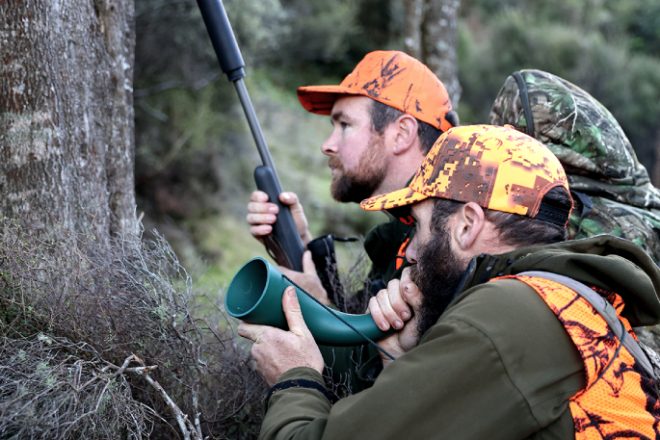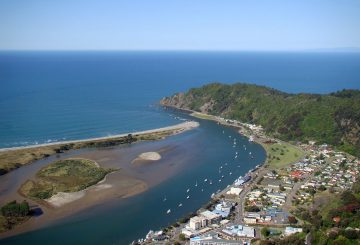The Easter break is expected to coincide with the early part of the Roar hunting season, leading to a large number of hunters heading to the wilderness over the long weekend. Recreational firearms user groups have been working together to emphasize safety to the many hunters who will be pursuing stags or bucks this autumn.
The Firearms Safety Authority, Te Tari Pūreke, which leads the Recreational Firearms Users Group, says that while New Zealand hunters generally have a good safety record, a single mistake can have devastating consequences. The deer Roar season typically sees a rise in such incidents.
“Recreational hunting is a major part of many New Zealanders’ lives,” says Mike McIlraith, Te Tari Pūreke’s director of partnerships. “We want everyone to enjoy their time away and return home safely to their loved ones.”
Te Tari Pūreke will be broadcasting safety messages in mainstream media and coordinating with key recreational firearms users groups who share the same safety objectives for this Roar season.
McIlraith emphasizes that safety in hunting requires more than just luck. He offers three key reminders for hunters: stick to your hunting plan, always treat every firearm as if it’s loaded, and be absolutely certain of your target’s identity.
He adds that hunters should take their time and not rush to shoot the first deer they see. Instead, they should wait until they can see the entire animal.
“If there’s any doubt, don’t shoot,” McIlraith advises. “No meat or trophy is worth more than a friend’s life. We want all hunters to enjoy their Roar trip and return home safely.”






























































